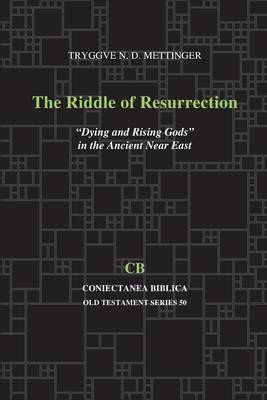What do you think?
Rate this book


"Dying and Rising Gods"--a detailed critique of the scholarly consensus! Tammuz, Osiris, Baal, and Adonis are well-known from J.G. Frazer's Golden Bough. These gods have been a hotly debated issue for a whole century. During the 1990's, a consensus developed to the effect that the "dying and rising gods" died but did not return or rise to new life. In the first monograph on the whole issue subsequent to the studies by Frazer and Baudissin, professor Tryggve N.D. Mettinger offers a detailed critique of this position. The work is based on a fresh perusal of the source material from the ancient Near East, the Greco-Roman world, and Egypt. It profits from new finds of great importance. Modern theory in comparative religion and anthropology on the nature of rite and myth informs the discussion. The author concludes that Dumuzi, Baal, and Melqart were dying and rising gods already in pre-Christian times and that Adonis and Eshmun may well have been so too. After his magisterial presentation of the ancient Near Eastern and Mediterranean material, the author provides some succinct notes on the resurrection of Jesus in the light of his findings.
The author, Tryggve N.D. Mettinger, is professor of Hebrew Bible at Lund University, Sweden, and a member of the Royal Academy of Letters, History and Antiquities, Stockholm.
272 pages, Paperback
First published December 10, 2001